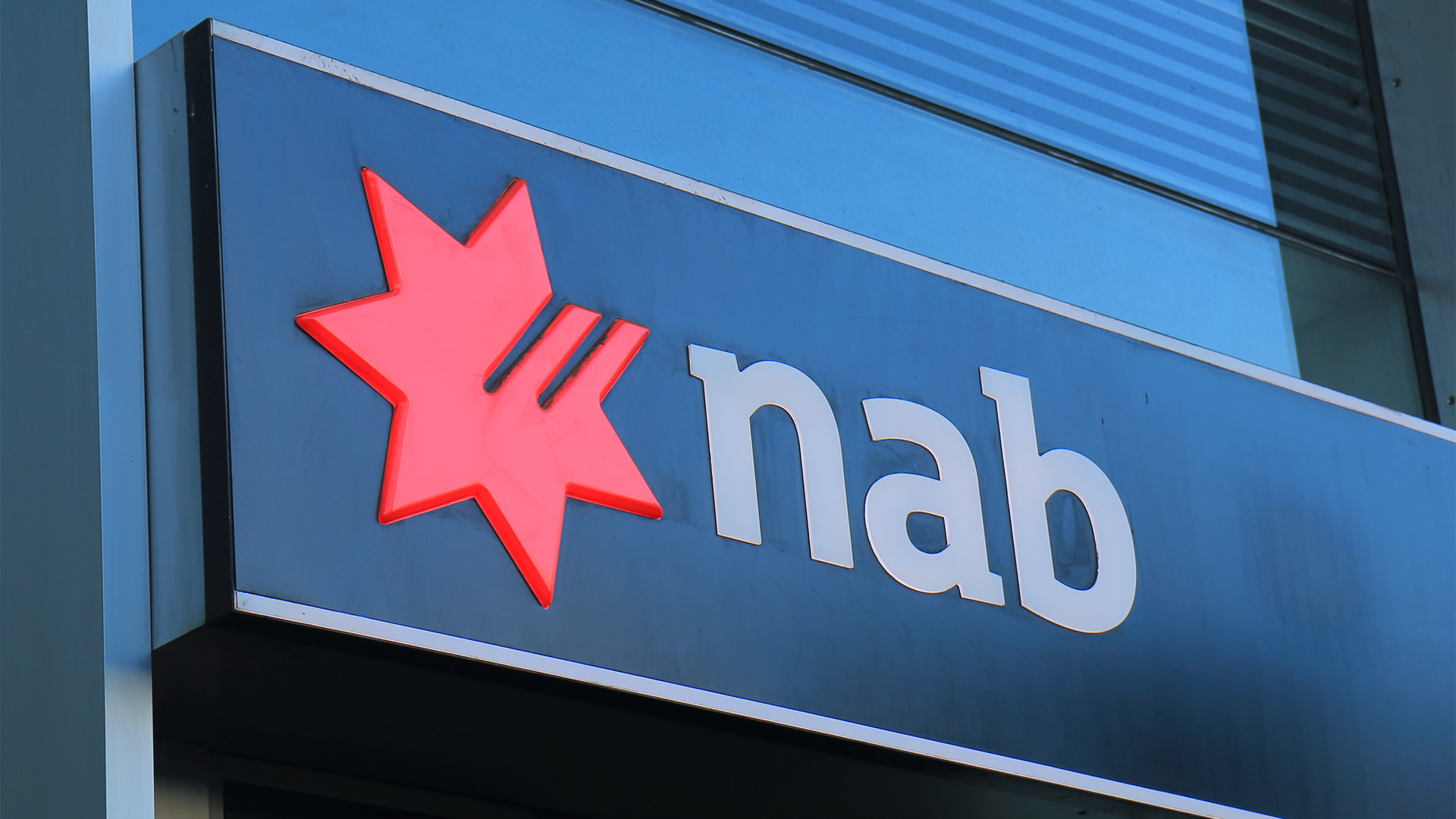Gold had its best week in six after the Fed finally lifted interest rates midweek and suggested an unchanged forecast for between two and three more this year (which won’t happen), copper and silver rose as well and even oil prices managed a tiny rise as the US dollar slid against most major currencies.
In New York, Comex gold futures ended higher on early Saturday, our time. April gold rose $US3.10, or 0.3%, to settle at $US1,230.20 an ounce.
That left gold up around 2.4% for the week, the best gain since the week ended February 3, according to FactSet data.
Comex silver futures for May delivery also enjoyed a good day and week. They added 8.3 cents, or 0.5%, to $US17.413 an ounce on Friday night, for a weekly gain of 2.9% – its best since early January.
And Comex copper futures were also solid. May copper rose 0.5% to $US2.692 a pound, around 3.7% higher on the week.
It’s not rising demand, merely the impact of the slide in the value of the dollar since the Fed announcement which was seen as less bearish for commodities (because of the unchanged rate rise).
The US dollar index (which measures the greenback against a basket of the six major other currencies( fell 0.9% last week, its biggest weekly fall in six weeks and a clear driver of the strength of most commodities – even oil which managed a tiny gain.
The Aussie dollar closed at just over 77 US cents early Saturday, our time (77.04) to be up two cents (from a low of 75.06 US cents) in the past six trading days.
“I am bullish on gold prices as I believe the U.S. dollar will continue to weaken,” Christian Magoon, chief executive officer of Amplify Investments, told MarketWatch.
The Fed statement and forecasts for future rate increases was seen as less aggressive than had been anticipated.
And looking ahead ”the price risks are skewed to the upside given the raft of political uncertainty stemming from both the US and Europe,” according to Suki Copper, analyst at Standard Chartered.
She told the Financial Times “Market focus will shift the first round of the French elections (23 April 2017) as well as Britain’s formal exit from the EU.”
Moreover, she expects seasonal demand in India to pick up as well. “We expect gold to follow in the footsteps of other cash purchases and recover as the gold-buying festival of Akshaya Ttitiya (28 April 2017) approaches, particularly as there was much pent-up demand following the Union budget, from which the market eagerly awaited tax cuts,” she added.
Meanwhile, global oil futures ended week a cent or two higher in New York and London.
That was despite yet another rise in the number of rigs drilling for oil and a further rise in US daily production levels past the 9 million barrel mark.
While it was the first fall in US oil stocks for 10 weeks, the Baker Hughes survey was far more important as it showed the 10th straight rise in the number of rigs drilling for oil in the US.
Traders preferred to ride the weaker US dollar and point to a tiny 200,000 barrel fall in US oil stocks to just over 528 million barrels – still a near record high.
Data from the weekly oil rig use from Baker Hughes revealed that the number of active US rigs drilling for oil continued to rise last week.
Baker Hughes the number of oil rigs in use rose by 14 to 631 rigs this week. The oil rig count has reached its highest level since September 2015.
The total active US rig count, which includes oil and natural-gas rigs, also jumped higher by 21 to 789, the highest for 20 months.
Earlier the US Energy Information Administration revealed a rise in daily US oil output to 9.109 million barrels, up 41,000 barrels a day on the same week in 2016.
In New York, April West Texas Intermediate crude rose 3 cents, or less than 0.1%, to settle at $US48.78 a barrel, while in London May Brent crude rose 2 cents to $US51.76 a barrel.
That left West Texas crude up 0.6% from a week earlier and Brent around 0.8%.













